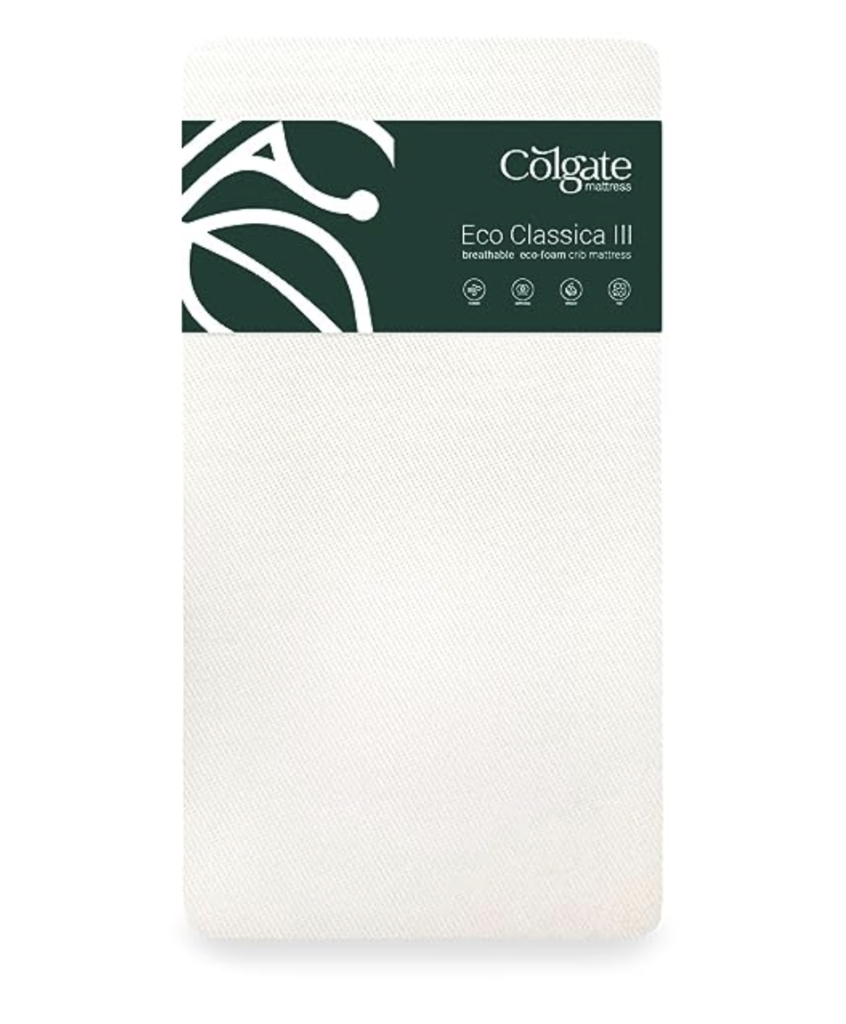
Image Source
Every homeowner values the safety and longevity of their residence. An integral part of this safety is a sturdy roof, often overlooked but crucial for protection against nature’s elements. Did you know that the startling 67.9% increase in housing prices from the previous year is evidence of Indiana’s booming real estate market?
Therefore, it becomes even more crucial for its residents to invest in a roof to boost the ROI. Your roof isn’t just a cover; it’s a shield safeguarding your investment. It’s essential to recognize when it’s wearing out for appearance and overall structural safety.
If you’re deciding whether or not to fix your roof, here are some clear signs that you should.
Increased Energy Bills
Rising energy bills can be a cause for concern for many homeowners. These spikes in costs can often be attributed to factors around the home, like an inefficient roofing system. For those in Greenwood, this can be especially pronounced.
The town’s long summers and snowy winters put immense pressure on HVAC systems to maintain indoor comfort. Interestingly, Greenwood residents enjoy electricity rates that are 2.28% lower than the Indiana average.
Yet, if you’re observing a steady climb in your energy bills, your roof could be the culprit. Damage or inadequate insulation in the roofing system compromises its ability to trap conditioned air effectively. Consequently, homeowners end up running their HVAC systems more intensively, elevating costs.
Therefore, working with a reputable Greenwood roof replacement company becomes crucial. A well-kept roof does more than just provide shelter; it also helps in energy conservation.
Age of Your Roof
The lifespan of a roof is a critical factor in assessing its health. Common roofing materials, particularly asphalt shingles, typically last between 20-25 years. As roofs approach this age mark, the materials begin to weaken, becoming less efficient in their primary role — protection.
Often, wear and tear aren’t easily visible to untrained eyes. Under the surface, these aging materials might harbor hidden problems, like minor leaks or insulation breakdown. Such issues can escalate, causing more significant harm if left unchecked.
It’s not always about visible damage; age alone can signify potential risks. Regular inspections become even more essential as the roof gets older.
Rotted Roofing Underlayment
In order to stop unwelcome moisture from penetrating into the interior structures, roofing underlayment, which is positioned directly beneath the shingles, is essential. Over time, however, even the most durable materials can succumb to wear and tear.
When underlayment begins to rot, it’s more than a simple wear issue; it’s a warning. Moisture infiltration stands as the primary reason behind such deterioration. If unnoticed or unaddressed, the rot can escalate, threatening the structural integrity of the entire house.
The stakes are high. Beyond just cosmetic concerns, a compromised underlayment can lead to costly repairs and safety hazards.
Shingles Curling or Buckling
When shingles begin to curl or buckle, they lose their effectiveness in safeguarding your home from the elements. Long-term exposure to extreme weather or the natural aging of roofing materials are two common causes of this distortion.
It’s crucial to regularly inspect your roof for these anomalies. Curled or buckling shingles can create vulnerabilities, letting water penetrate your home’s interior. Once water breaches these defenses, it initiates a chain reaction: dampness, mold growth, and potential structural harm.
Another concern is that compromised shingles can reduce your roof’s overall life expectancy. Proactive checks and timely interventions prevent further damage, saving homeowners from more expensive repairs or even premature roof replacements.
Moss or Algae Growth
Moss and algae are a hazard to any home. As these organisms flourish, they retain moisture against the roofing materials. Over time, this constant dampness weakens the shingles, leading to faster degradation. It’s not just about aesthetics.
The moisture retained promotes wood rot and can erode the roof’s structural integrity. Addressing this issue promptly is important. Simple maintenance and cleaning can counter minor infestations. However, when the green spread becomes too extensive, it might indicate deeper problems.
In such cases, evaluating the roof’s condition and considering a more comprehensive solution is a wise course of action.
Water Stains or Leaks in the Attic
Water stains or active leaks in the attic aren’t just minor inconveniences. They’re a warning signaling a compromised roof. When rainwater or melting snow finds its way into the home’s interior, it usually means the roof’s primary defense mechanisms have weakened.
Over time, even tiny breaches in the roofing materials can escalate into larger issues. This water infiltration promotes conditions ripe for mold growth and can cause structural damage, impacting the overall safety and durability of the home.
Sagging Roof Deck
The sagging roof deck often results from prolonged water damage or deeper structural concerns, highlighting the roof’s vulnerability. The reasons behind this problem could be long-term exposure to moisture, inadequate roofing materials, or a flawed installation.
Such sagging puts extra weight and strain on the house’s structural components. Overlooking this can be hazardous, as the issue doesn’t just stop at aesthetics. It progressively deteriorates the entire roofing system.
Taking care of this right away keeps the house and its inhabitants safe. Homeowners should address any apparent sagging as soon as possible, consulting experts to determine the scope of the problem and the best course of action.
Sunlight Shining Through Roof Boards
When the beams of light shine through the dark, they show more than just holes or gaps. They also show where your roof is weak, and each ray of light indicates a potential pathway for water, and where sunlight can penetrate, so can rain.
These breaches, even if minute, can cause a series of adverse effects on the house. Persistent moisture seepage can weaken the structural elements, promote mold growth, and damage the home’s insulation, driving up energy costs.
It’s essential to address these issues promptly. Regular checks, especially after severe weather, can help identify and rectify such problems.
Granules in the Gutters
Granules serve a vital purpose: they protect shingles from the sun’s harsh ultraviolet rays and provide an added layer of fire resistance. As shingles age, it’s natural for them to shed a few granules. However, when you notice a concerning amount in your gutters, it’s a red flag.
This excessive shedding suggests that your shingles’ protective layer is eroding, leaving the material vulnerable to external elements. A weakened shingle can compromise the overall efficiency and longevity of the roof.
Regularly checking and cleaning the gutters isn’t just about ensuring smooth water flow; it’s also about monitoring the roof’s health and taking timely action when issues arise.
Conclusion
Roof health is paramount for a home’s safety. From energy bills to sunlight leaks, various signs can highlight roofing issues. Prolonged damage, like sagging decks or moss growth, risks structural integrity. Granule loss in gutters and buckling shingles signal wear.
Notably, as a roof nears its lifespan’s end, even without visible damage, underlying problems may lurk. Regular checkups help detect these issues early. Approaching or surpassing the typical 20-25 years? It’s time to evaluate the roof’s future, ensuring a safe, well-protected home.










